Otocinclus Care for Beginners
If you’re looking for a peaceful, low-drama fish to help keep your tank clean and your heart calm, the Otocinclus. They often called the “Oto” or “Oto catfish”, might be exactly what your small aquarium needs.
These quiet, algae-eating bottom dwellers are perfect companions in a tranquil, planted tank. Their small size, shy demeanor, and cleaning habits make them ideal for overwhelmed beginners who want a gentle, no-fuss fish to help keep things in balance. In this beginner’s guide to Otocinclus care for beginners, you’ll learn how to pick a healthy one, set up their tank properly, avoid common mistakes, and enjoy a soothing, successful experience.
Choosing a Healthy Otocinclus
Otocinclus are often wild-caught, which means they go through a lot of stress before arriving at your local store. This makes choosing a healthy individual incredibly important. Unfortunately, pet stores sometimes sell them too soon, before they’ve fully recovered from transport. But with a little observation and patience, you can find a strong, healthy Oto who will thrive in your tank.
Look for fish that are actively grazing on glass or decorations, especially in groups. A healthy Otocinclus will have a rounded belly (not sunken), a clean, patterned body, and will appear alert, even if shy. Their color should be steady with clear definition between the creamy belly and darker back. Fins should be intact and transparent, not clamped or torn.
Be wary of fish that sit motionless at the bottom for long periods or look thin, pale, or lethargic. Otos that aren’t grazing, swimming with their group, or reacting to light and motion may be too stressed or underfed to bounce back.
If the store just received them recently, wait a few days before buying. Ask the staff if the fish have been eating and how long they’ve been in the tank.
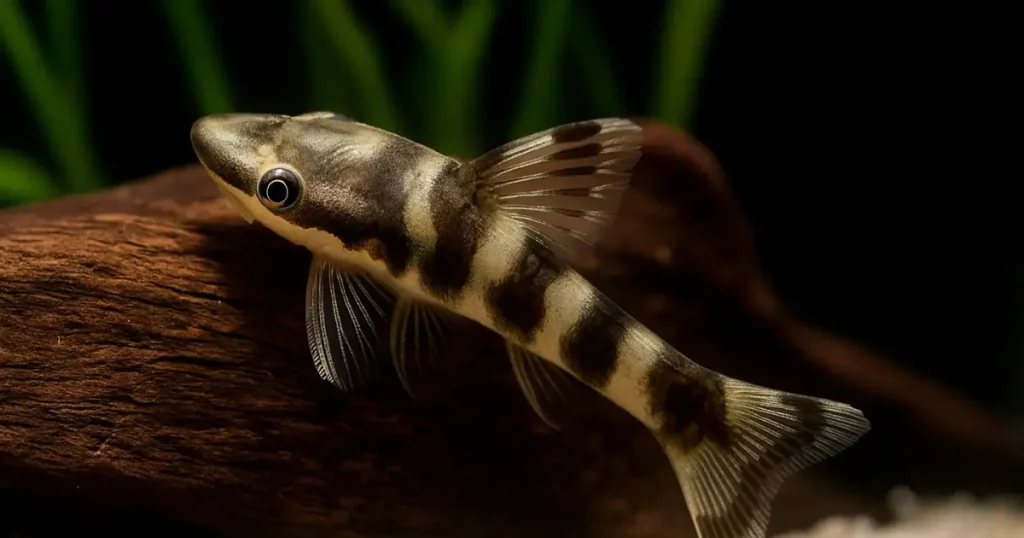
Tank Setup Guide
Despite their small size (around 1.5–2 inches), Otocinclus need stable, mature tanks to thrive. They’re not good candidates for cycling new tanks, and they do best in aquariums that have been running for at least a month or more with live plants and a consistent maintenance routine.
For Otocinclus care for beginners, aim for a minimum tank size of 10 gallons, though larger is always better if you plan to keep a small group (which is recommended). Otos are schooling fish, they don’t like to be alone. Even though they’re calm and quiet, they feel safest in small groups of 4 to 6 or more.
The water should be soft to moderately hard, with a pH between 6.5 and 7.5, and a temperature range of 72–79°F (22–26°C). Keep the water flow gentle and steady, they don’t do well in fast-moving tanks.
A good quality sponge filter or hang-on-back filter with an adjustable flow setting is ideal. Live plants are not just optional, they’re highly encouraged. Otos love to rest on broad leaves, graze on plant surfaces, and hide under shaded foliage. Java Fern, Anubias, and floating plants like frogbit or red root floater work wonderfully.
Lighting should be moderate, not harsh. Bright, unshaded light can cause algae (which they’ll enjoy), but too much light without cover will stress them out.
Ideal Tankmates: Peaceful and Predictable
Otocinclus are lovers, not fighters. They’re extremely peaceful and avoid conflict. This means they do best with other gentle species that won’t outcompete them for food or stress them with hyperactivity.
Good tankmates include:
- Chili Rasboras or Harlequin Rasboras
- Endler’s Livebearers (males only to prevent overbreeding)
- Pygmy Corydoras
- Cherry or Amano shrimp
- Nerite snails
Avoid keeping Otos with large, aggressive, or fast-swimming species like cichlids, barbs, or even active danios. Also avoid pairing them with bettas in small tanks. Even though some bettas tolerate Otos, others may harass them, especially if space is limited.
Feeding Your Otos: More Than Just Algae
It’s a common myth that Otos will survive on algae alone. In truth, most tanks, especially small or newly set-up ones, don’t produce enough natural algae to keep Otos healthy in the long term. They’re grazers, not scavengers, and they need a consistent source of soft greens in addition to whatever grows naturally.
In a mature, planted tank, Otos will snack on soft green and brown algae that grow on glass, driftwood, and plant leaves. But to support them fully, offer supplemental food:
- Blanched vegetables like zucchini, spinach, or cucumber (weighted down with a veggie clip)
- Algae wafers or sinking tablets formulated for herbivores Recommended: Hikari Algae Wafers
- Occasional bites of Repashy Soilent Green gel food, a soft, nutritious algae-based gel
Feed once daily or every other day, removing any uneaten veggies after 24 hours to keep the water clean. Otos won’t always rush to food like other fish as they nibble slowly and quietly.
Behavior and Temperament: Shy, Gentle, and Calming
Watching Otocinclus go about their day is like watching tiny underwater monks at work. They move slowly, grazing on surfaces with delicate suction mouths, occasionally darting to a new leaf or perch, then returning to their quiet task.
They are not aggressive, not flashy, and not loud in any sense of the word. They’re rarely interactive with humans, but they are deeply social with each other. A single Oto will become stressed, withdrawn, and may even fail to eat. In contrast, a small group will confidently explore the tank together and rest side-by-side on plants or glass.
Their behavior is hypnotic, gentle, and rhythmic. So they are perfect for a stress-relief tank where watching fish is part of your calming ritual.
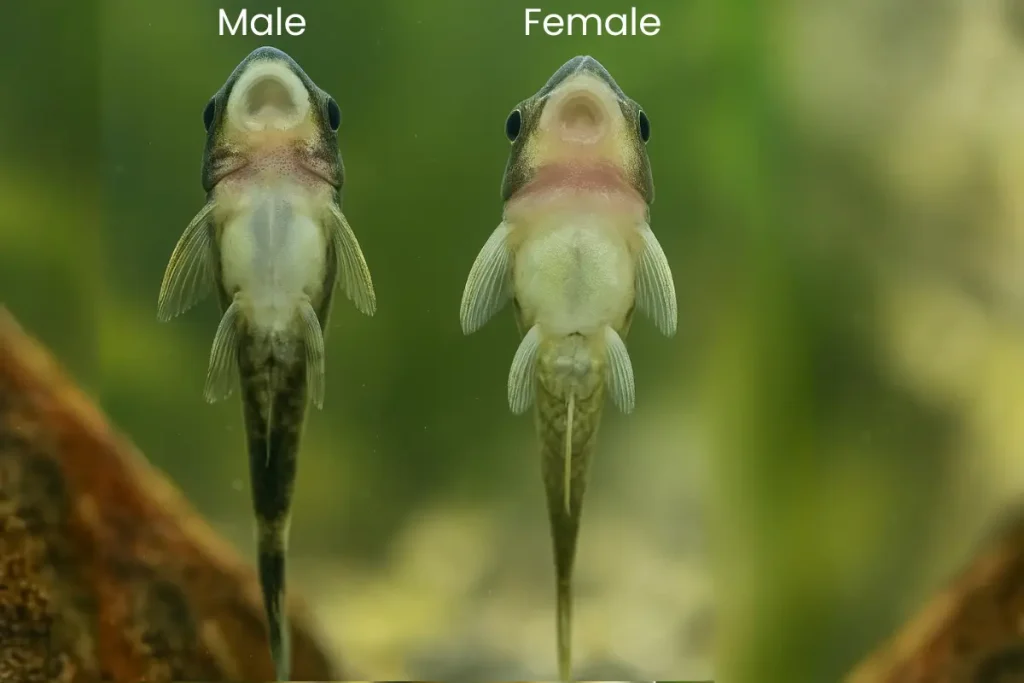
Best Care Tips for Stress-Free Living (for You and Them)
For you, Otos are low-demand fish. Once their tank is properly set up, they require minimal daily intervention. This includes just feeding, occasional observation, and a weekly water change.
Here’s how to keep their care simple and calm:
- Do weekly 25% water changes using dechlorinated water Use Seachem Prime to treat tap water
- Don’t skip tank maintenance for more than 10 days, water quality matters
- Clean algae from front glass only, leaving the back and decor for the Otos
- Keep lighting on a timer (6–8 hours a day) to balance plant growth and algae
- Add leaf litter (like Indian Almond Leaves) or driftwood for natural bacteria and shelter
For vacation or busy days, your Otos can go 2–3 days without food if the tank has live plants and algae. For longer trips, consider a trusted friend or auto-feeder with algae wafers.
Common Issues & Beginner Mistakes
Buying a single Oto is one of the biggest errors. These are social fish, and they will silently suffer without companions. Always keep at least three, ideally five or more.
Introducing them to new tanks too early is another common issue. Otos need a well-established aquarium with zero ammonia and nitrite, and stable nitrate levels below 20 ppm.
Assuming algae is enough can lead to slow starvation. Make vegetables and wafers part of your weekly routine.
Finally, adding them to chaotic community tanks where they’re outcompeted for food or bullied by larger fish is a fast track to stress and failure.
By setting up a calm, planted space and treating them with consistency and care, your Otocinclus will become one of the most peaceful and reliable companions in your underwater world.
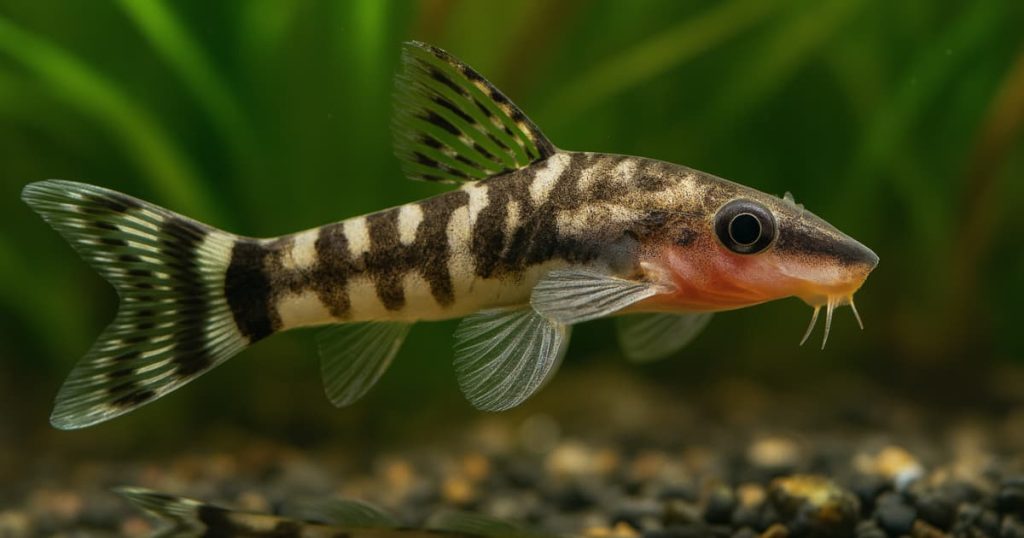
Final Thoughts
Otocinclus may not be flashy or attention-seeking, but their quiet presence, graceful motion, and algae-cleaning superpowers make them a perfect fit for Tiny Tank Therapy. If you’re feeling stretched thin and craving gentle, grounded routines, these little fish can teach you the beauty of stillness and slow care.
Otocinclus care for beginners doesn’t have to be complicated. With the right setup, the right group size, and just a few daily habits, they’ll reward you with a calm, natural tank that feels like a soft exhale at the end of a long day.
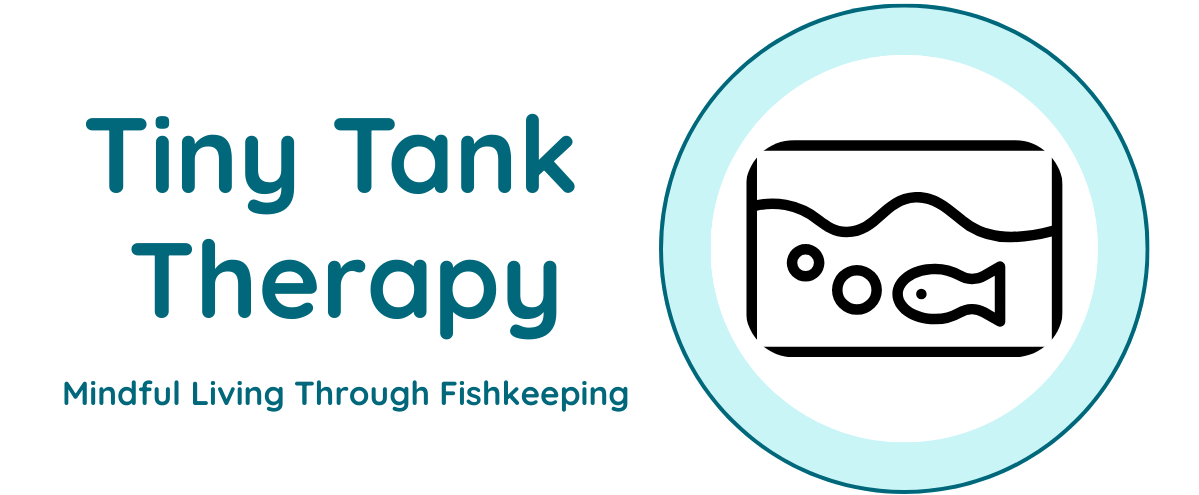

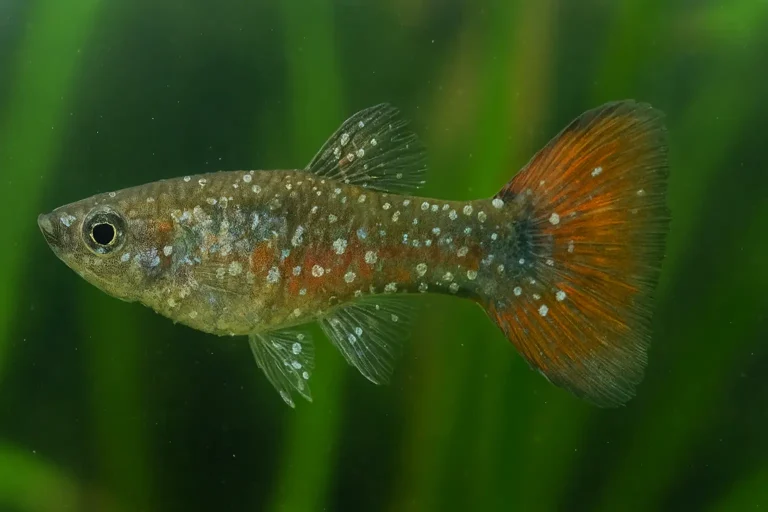
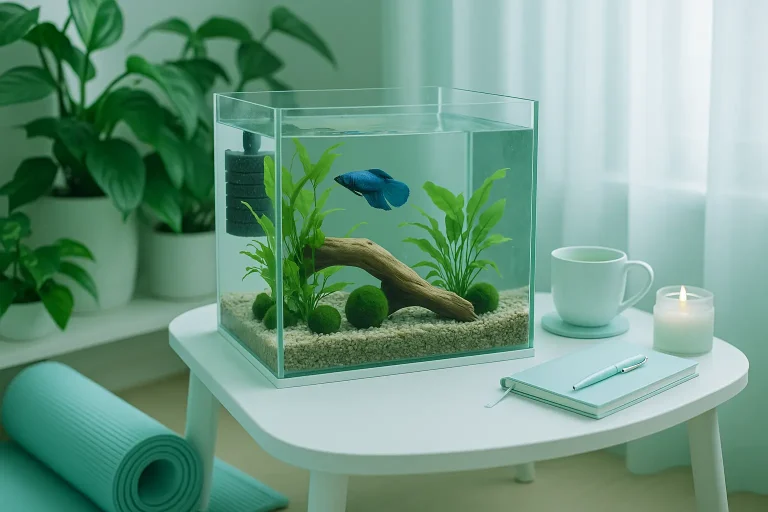
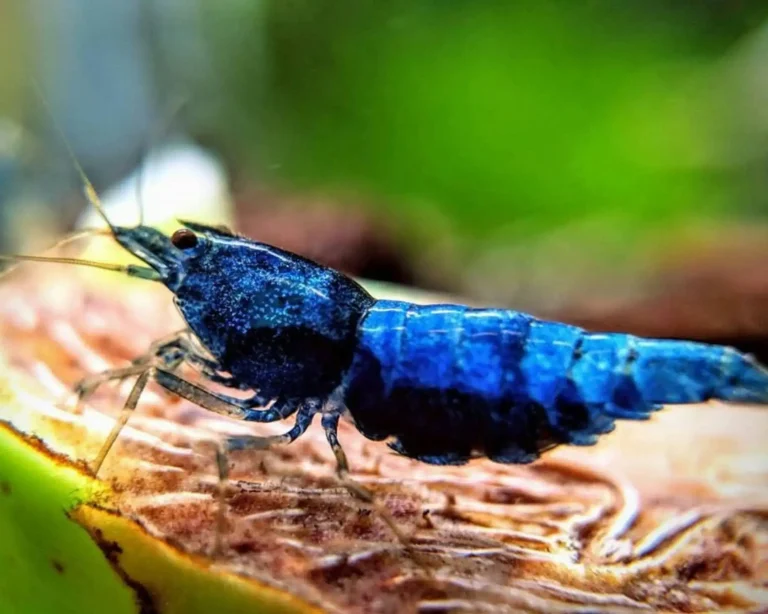
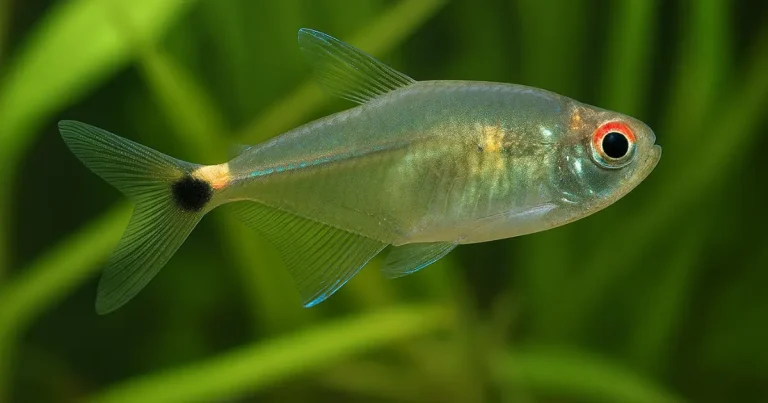
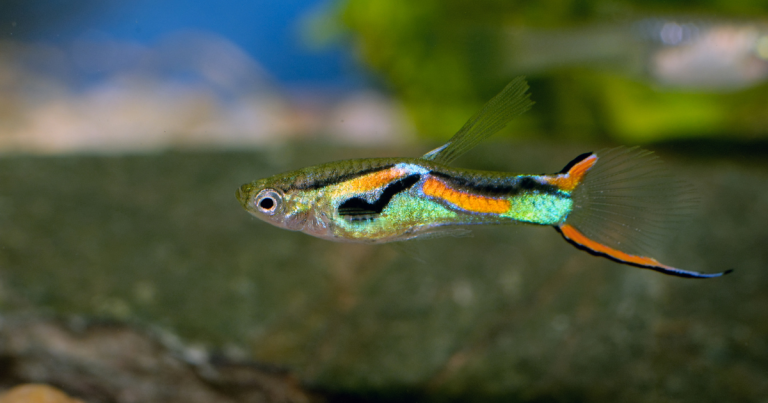
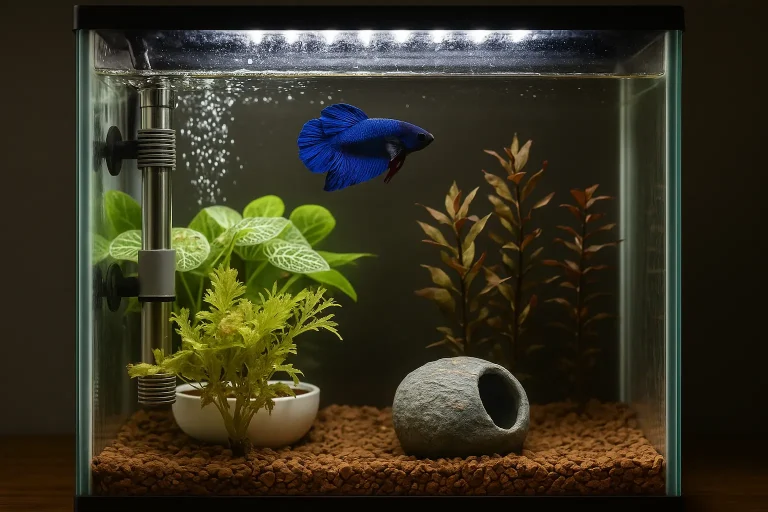
Leave a Reply